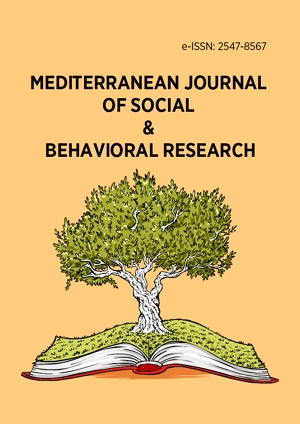Abstract
Karadeniz Technical University Distance Education Research and Application Center (KTUDERAC) has 5 Master Degree Program, 2 Graduate Program and 4 courses with approximately 20.000 students. Quality and cost in distance education have been considered and evaluated by university and Higher Education Institution. Quality and cost analysis studies are held on yearly and distance education policies are composed and shaped regarding results. At this study, quality and cost analyze studies between September 2010 and June 2014. Problems, achievements, benefits and strategies are detailed and presented with changes over time. Student’s success, comfort, expectations, supports; instructors’ performance, comfort, expectations, supports; university management’s expectations, KTU-DERAC staffs’ performance, comfort, expectations are regarded for analyzing quality. Cost/ Benefit analyses has been made regarding budget, expenses, investments over the years. Quality and cost/benefit relation is also discussed at this study. Results of study showed that experiences, investments, student’s and instructors’ comfort and expectations are key factors for success of distance education.
Keywords
License
This is an open access article distributed under the Creative Commons Attribution License which permits unrestricted use, distribution, and reproduction in any medium, provided the original work is properly cited.
Article Type: Research Article
MEDITERR J SOC BEH RES, Volume 1, Issue 1, July 2017, 22-29
Publication date: 01 Jul 2017
Article Views: 1978
Article Downloads: 1004
Open Access References How to cite this article
 Full Text (PDF)
Full Text (PDF)